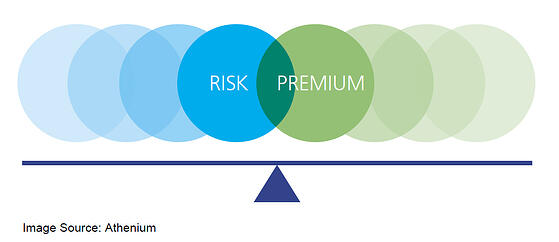Not only is insurance an industry that is based on a general inability to predict what is going to happen, it is a hyper-competitive industry in which the winners are those who can best predict the unknowable…or at least be less wrong than their competition. Insurance underwriting is the actual process of pricing what is unknowable, and is necessarily performed with rigorous processes underpinned with vast amounts of data. However, underwriting is never perfect, and the gap between actual underwriting and perfection is called underwriting leakage.
Insurers everywhere aspire to reduce underwriting leakage to zero by continuously improving their processes and improving the quality and comprehensiveness of their data. Sound processes are simple (but complex!) requirements for a functioning — let alone successful — insurer. Improvements typically address the proper execution of established processes. Data, on the other hand, is what can truly differentiate among insurers. Actuarial, historical, qualitative, and natural catastrophe data can always be refined, expanded, or improved.

The correlation between data quality and underwriting leakage is clear: If an underwriter has access to better information, she will be better able to perform the alchemy of underwriting — converting risk to finance. If an insurance company has a better archive of information and better tools to access additional information (such as flood models for property insurers) than their rival, their leakage will be smaller and they will enjoy a competitive advantage by understanding specific risks better. Property insurers will realize better selection/anti-selection by pricing their selected properties aggressively, and leaving higher risk locations to their competition through anti-selection or high pricing. Underwriting leakage prevents insurers from building portfolios of risk that lead to good business results.
Much of the data that insurers build their business upon is statistical, which means they need to manage uncertainty properly. In simplified terms, uncertainty is expensive, and someone always needs to pay for it. Underwriting leakage is a way to understand this cost of uncertainty, and reducing leakage is a way for insurers to not have to pay for it. Investments in better data, better models, and better tools to understand the data do reduce underwriting leakage, and are wise investments.
